
Understanding Upcycling
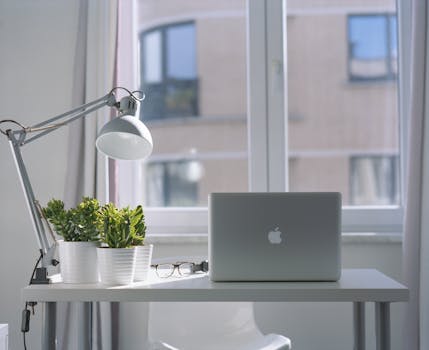
Upcycling is the transformative process of taking waste materials or unwanted items and reimagining them into something useful and often beautiful. In the realm of furniture, this means snatching pieces from the jaws of landfill doom and instilling them with new life and purpose. The act of upcycling is not just a creative endeavor; it’s also a movement towards sustainability in a fast-paced world often fixated on constant consumption.
The Benefits of Upcycling Furniture
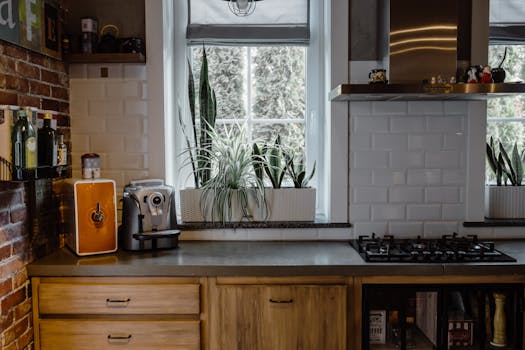
One of the primary benefits of upcycling furniture is its environmental impact. Each year, millions of tons of furniture end up in landfills, contributing to waste and pollution. By upcycling, you are not only saving a piece from this fate but also reducing the need for new materials, which often require extensive resources to produce. Upcycling allows you to minimize your carbon footprint.
Moreover, upcycled furniture adds character and uniqueness to spaces. Mass-produced furniture often lacks individuality, but upcycling can imbue pieces with a backstory, creating not just décor, but conversation starters. Torn chairs can become stunning patio swings, and old dressers can evolve into chic mobile storage units with just a bit of creativity and effort.
Creative Ideas for Upcycling Furniture
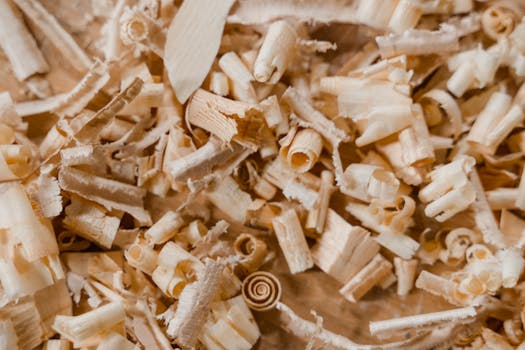
If you are interested in upcycling, the possibilities are nearly endless. Here are a few ideas to spark your imagination:
- Painted Coffee Tables: An old, scratched coffee table can transform with a coat of chalk paint. Play with colors and even add stencils or decoupage to give it personality.
- Dresser to TV Stand: Old dressers can be functional entertainment centers. Remove the old hardware, paint them a fresh color, and place your TV on top. They offer amazing storage for DVDs and games.
- Wood Pallet Seating: Pallets can be fun and rustic seating options. Gain some cushions and accessorize with throws to visualize your outdoor spaces in a whole new way.
- Rice Barrel Book Rack: Old rounds of wooden barrels can serve as modern bookshelves. Transparent finishing helps them shine gracefully while economizing space in small rooms.
Tools and Materials You Might Need
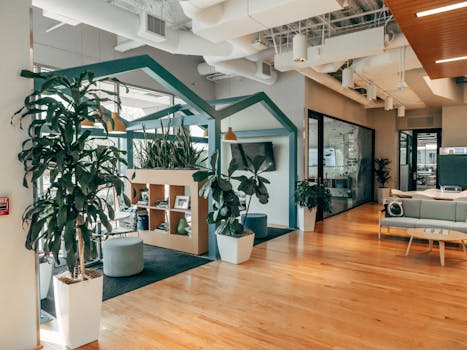
Before diving into your next upcycling project, be sure you gather the necessary tools and materials. Here’s a basic list to get you started:
- Paint (chalk paint, acrylics, or spray paint)
- Paintbrushes and rollers
- Sandpaper or sanding blocks
- Sealants (varnish, wax, or polyurethane)
- Old fabric or curtains for upholstery projects
- Various hardware (hinges, knobs, or screws depending on the project)
Always make sure to work in a well-ventilated place and provide appropriate protective equipment like gloves or masks. Sanding particles and certain paints can be hazardous.
Share Your Journey
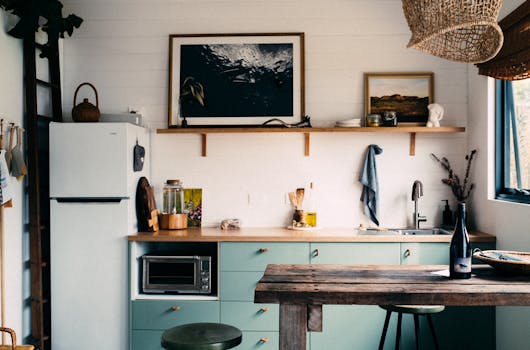
Lastly, enjoy the journey that upcycling brings! Upload pictures of your projects onto social media and tag your work with the growing community around the upcycling movement. Many share their stories of creativity that can inspire others to reclaim furniture meant to be discarded, igniting a passion for environmental kindness intertwined with functionality. Your adventures may inspire someone else-in today’s sharing CAR era, we can elevate one another’s urgings towards sustainability.






